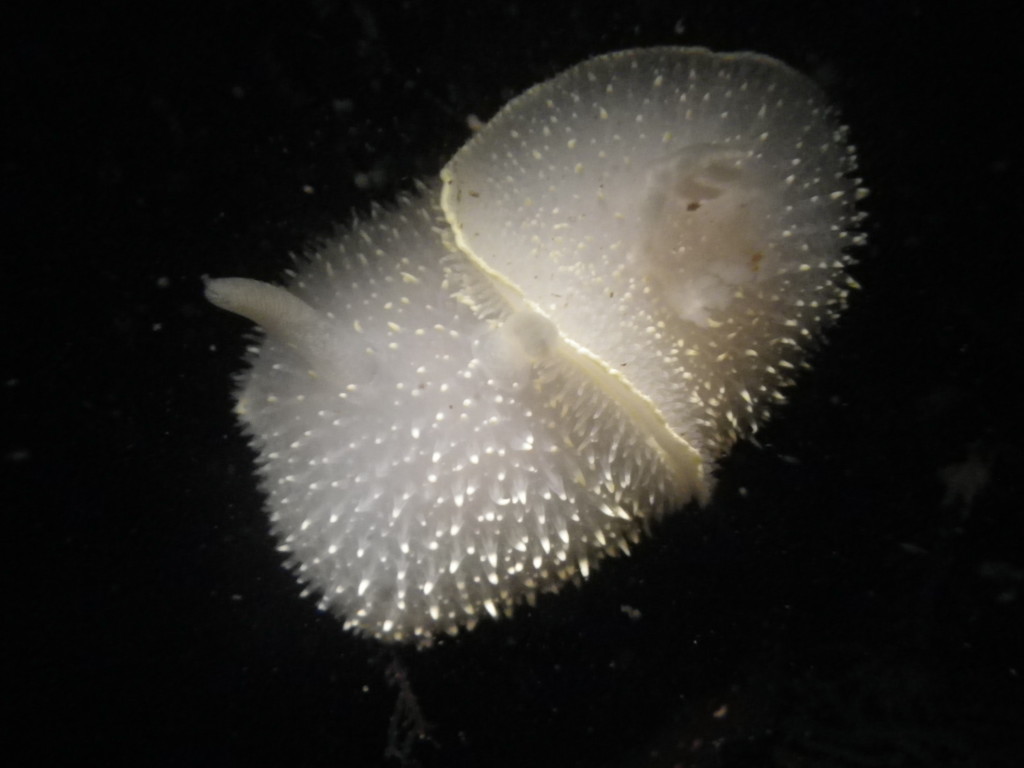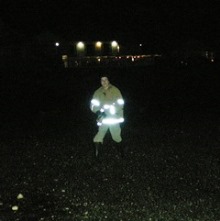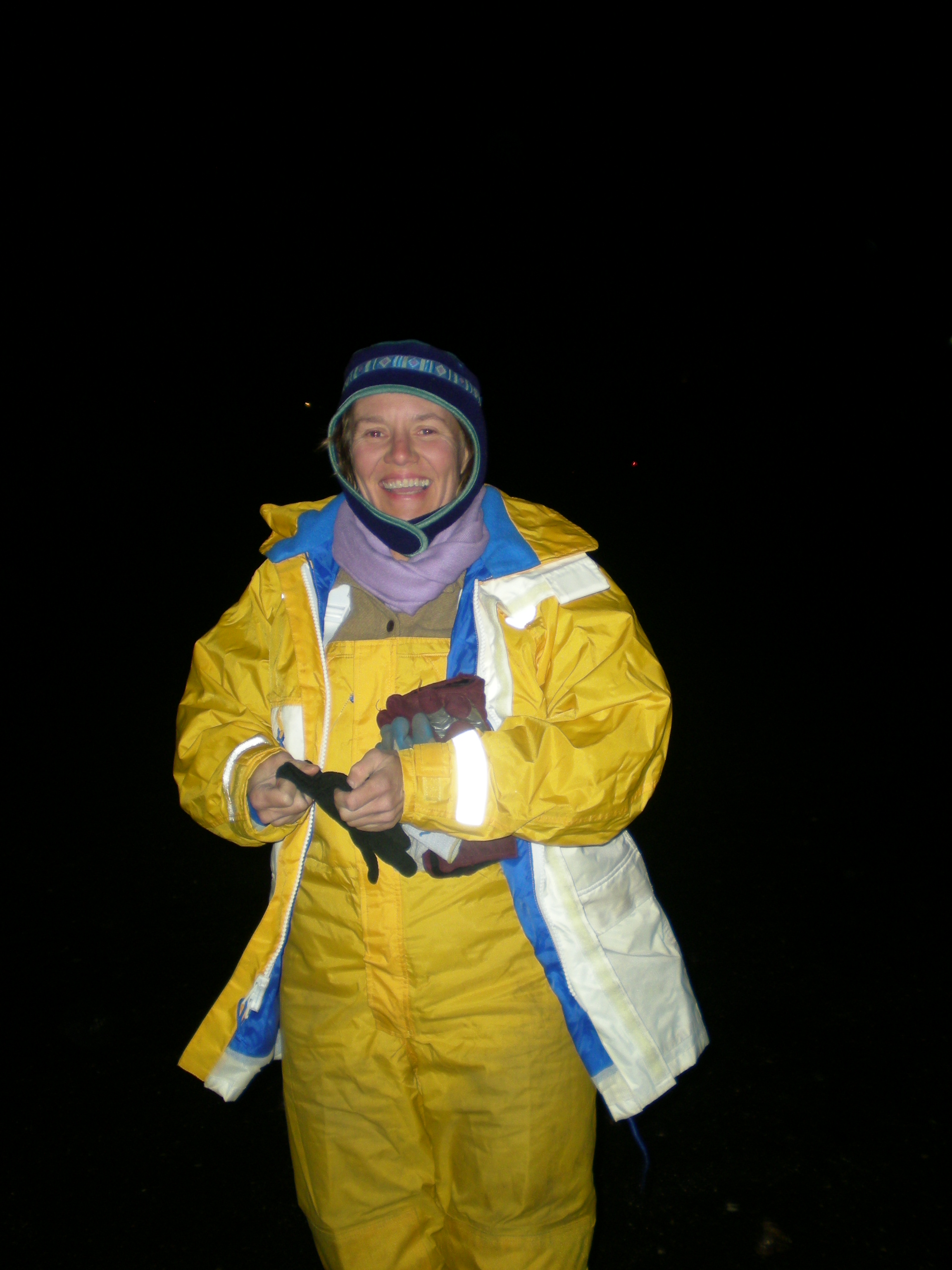Monday, January 19, 9 p.m., Outlook Inn
— from Russel Barsh —

A mating pair of Cadlinas, a delicate sea slug usually only seen at night at Indian Island, photographed on the 2013 winter survey.
The Indian Island Marine Health Observatory officially launches its 2015 research season on January 19, with an annual nighttime low-tide exploration of Eastsound’s very own special island.
“Different animals visit Indian island in winter,” says Indian Island lead scientist Russel Barsh, “and when it’s cool and dark, more animals stay above water when the tide goes out.” Nighttime winter surveys often encounter octopus, giant sunflower stars, and a wide variety of colorful sea slugs that are rarely if ever seen by visitors in summer.
“One question on everyone’s mind is whether Indian Island’s Ochre Stars, much reduced by Wasting Syndrome last summer, will rebound this winter,” Barsh says. Many small Ochre Stars were seen around Indian Island in late August, which suggested the re-colonization of the island by a new generation, unaffected or less affected by the wasting disease. The low tide on January 19 will make it possible for researchers to find out how well these young stars are faring.
Another important research question is year-to-year variation in sea slug species at the island. For example, thousands of Warty Dorids were seen around Indian Island in January 2013, feasting on barnacles and covering the rocks with creamy colored eggs. A year later, they were mostly gone, replaced by a small red sea slug species that only eats sponges. Winter is when most sea slugs feed and reproduce in shallow waters. At least in some species, adults or young are attracted to rocky shores where their favorite foods are especially plentiful.
Curious adults and families with children are always welcome on nighttime low-tide surveys at Indian Island. Absent high winds or heavy rains, this winter’s event will begin at 9:00 pm in front of the Outlook Inn. Tall rubber boots are recommended, as well as lamps and flashlights for safety and viewing animals. For additional information, you can write to kwiaht@gmail.com.
**If you are reading theOrcasonian for free, thank your fellow islanders. If you would like to support theOrcasonian CLICK HERE to set your modestly-priced, voluntary subscription. Otherwise, no worries; we’re happy to share with you.**









